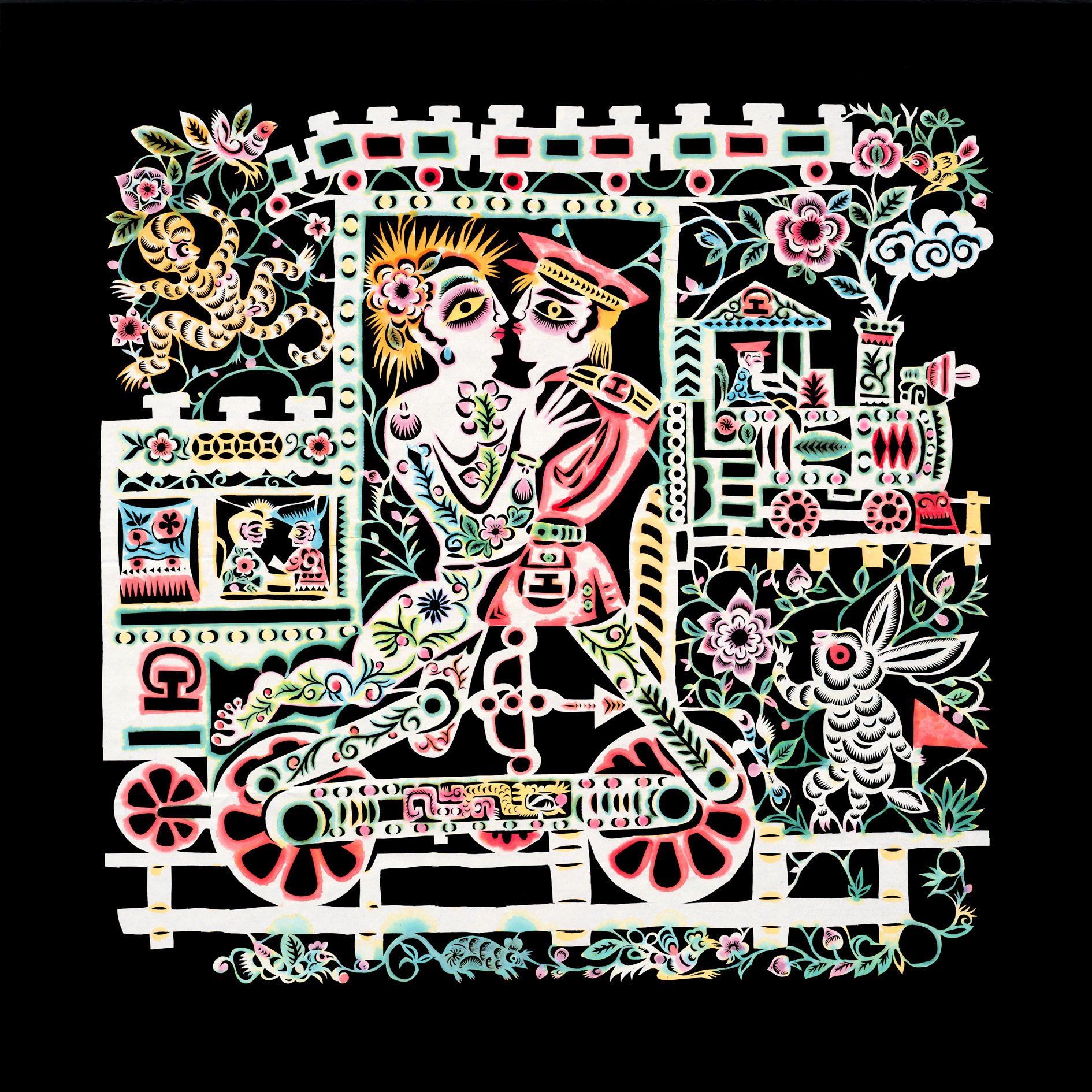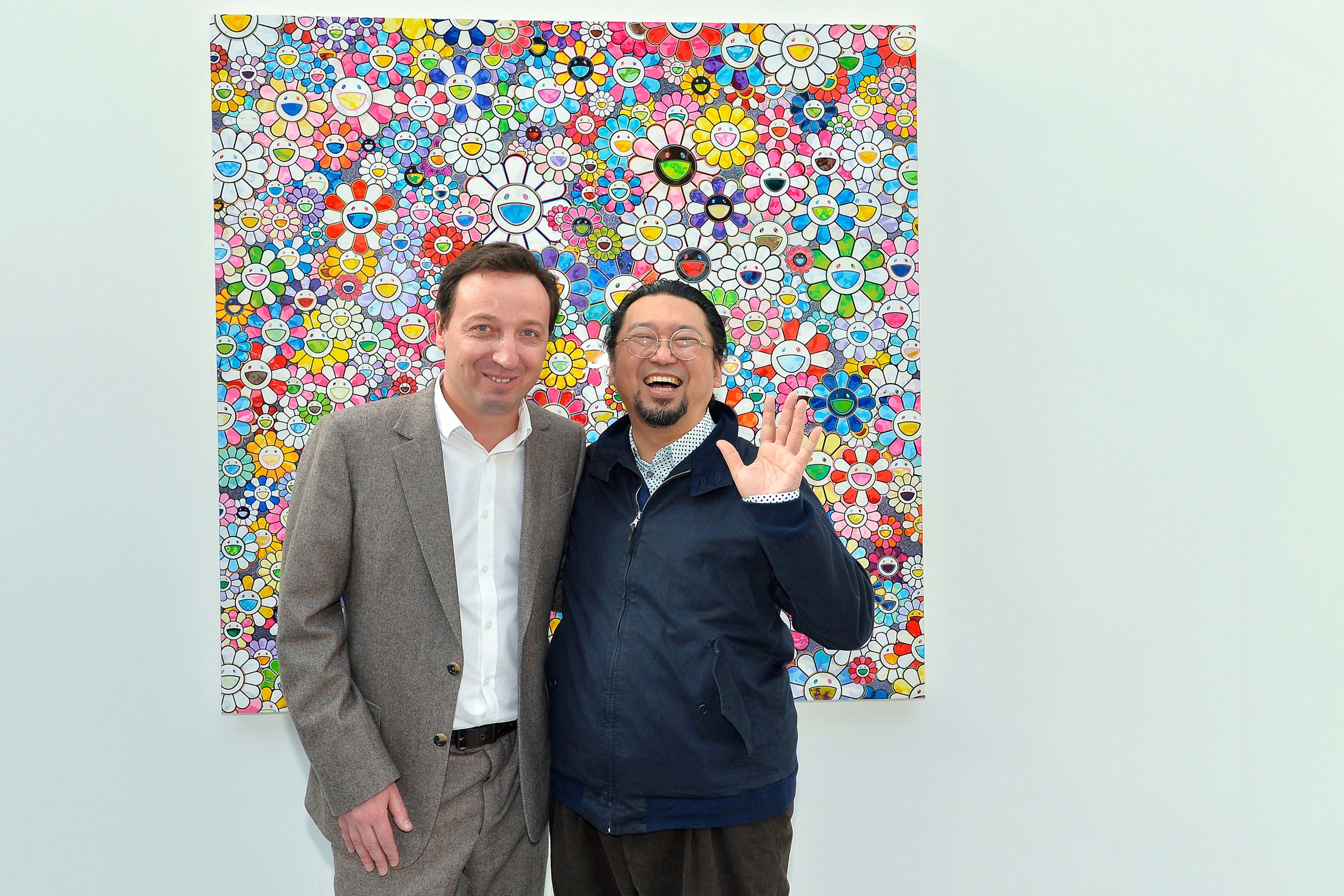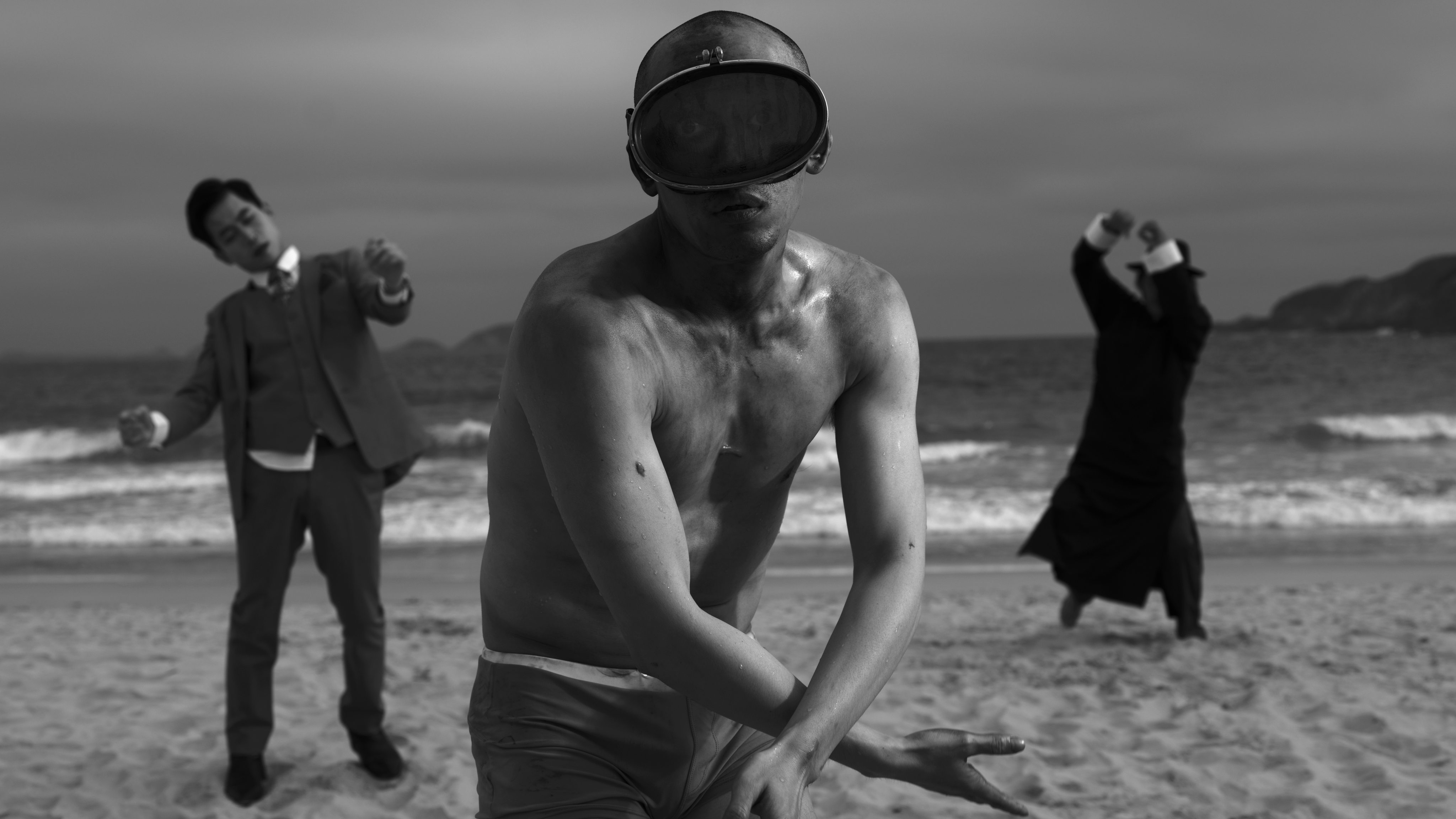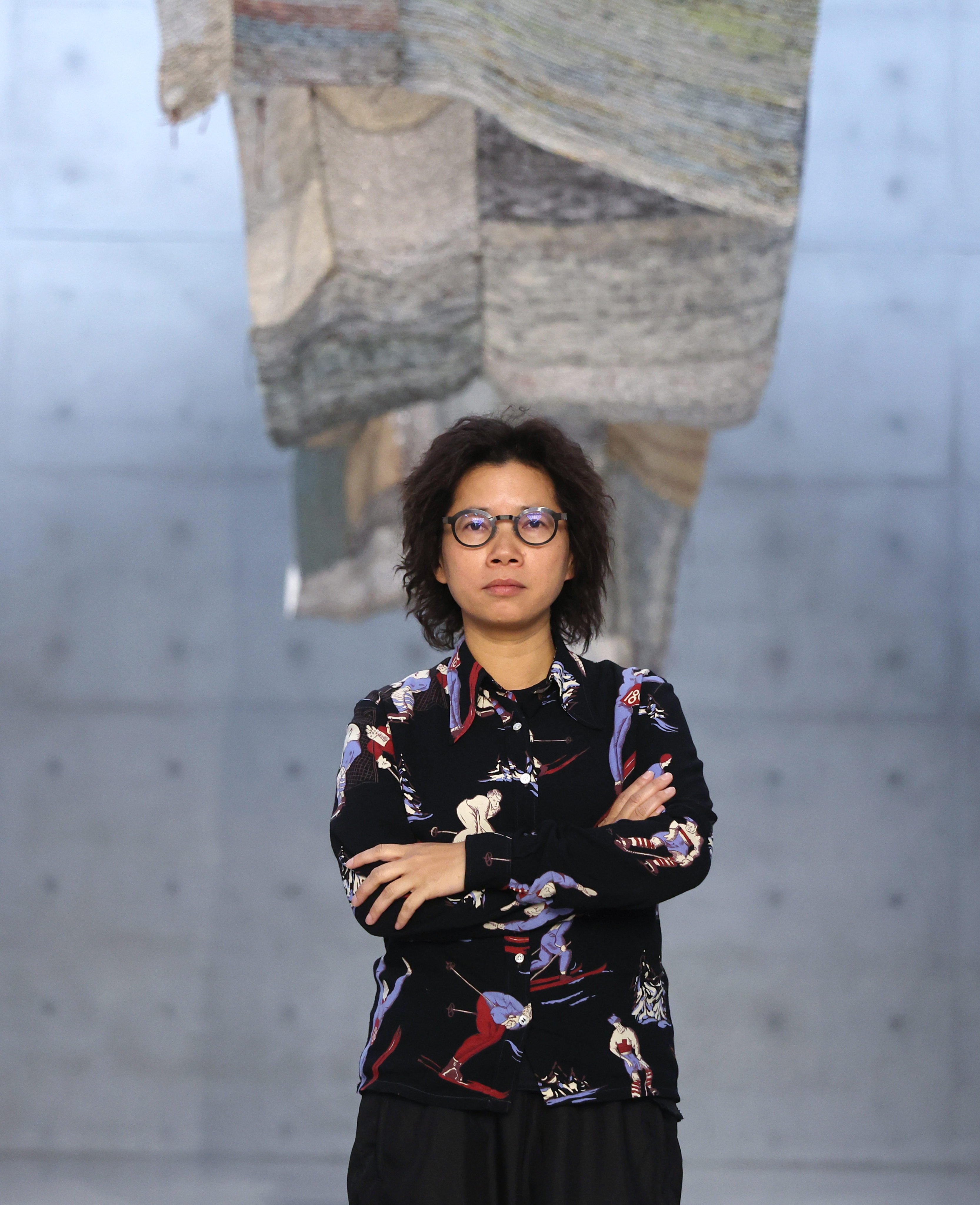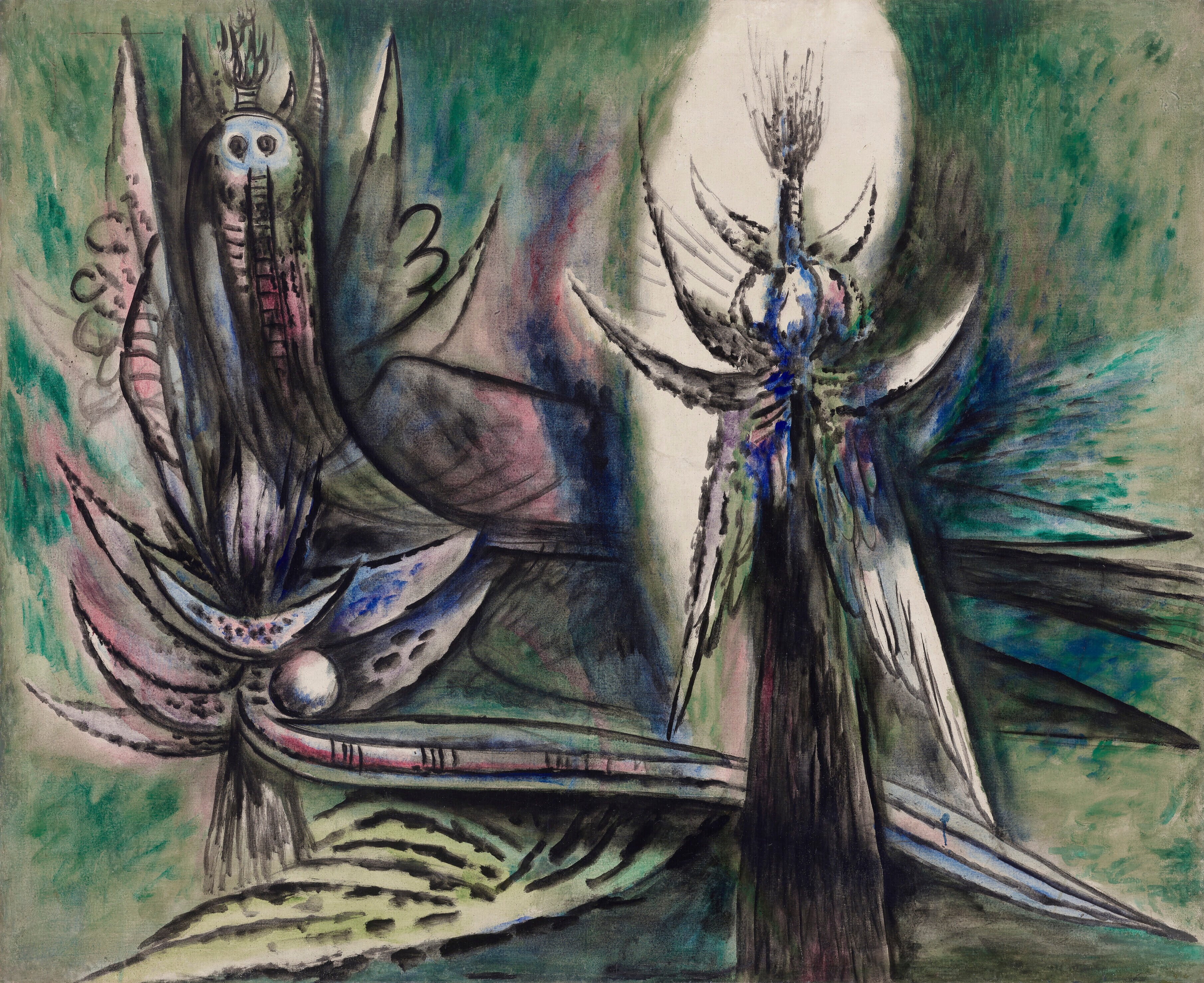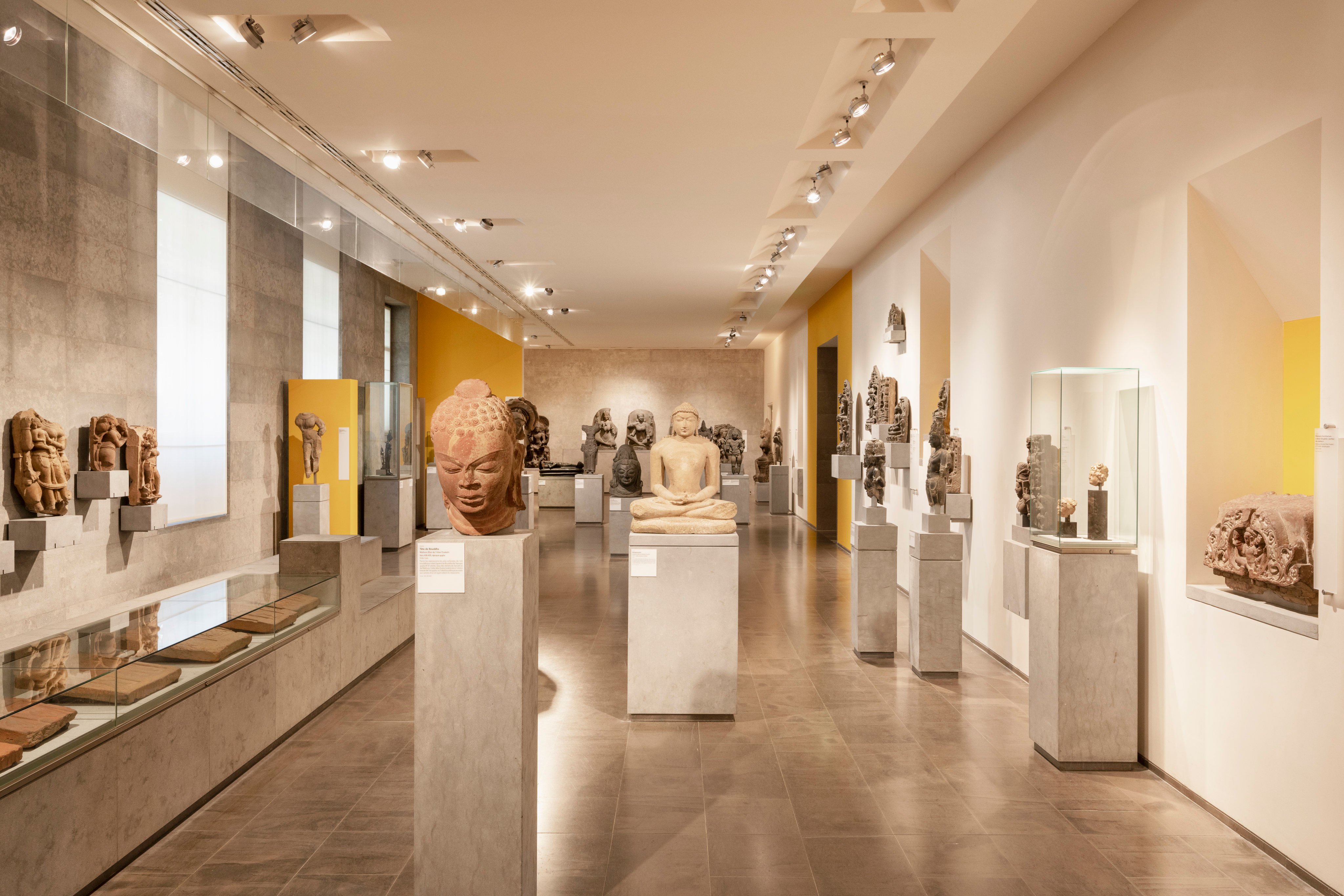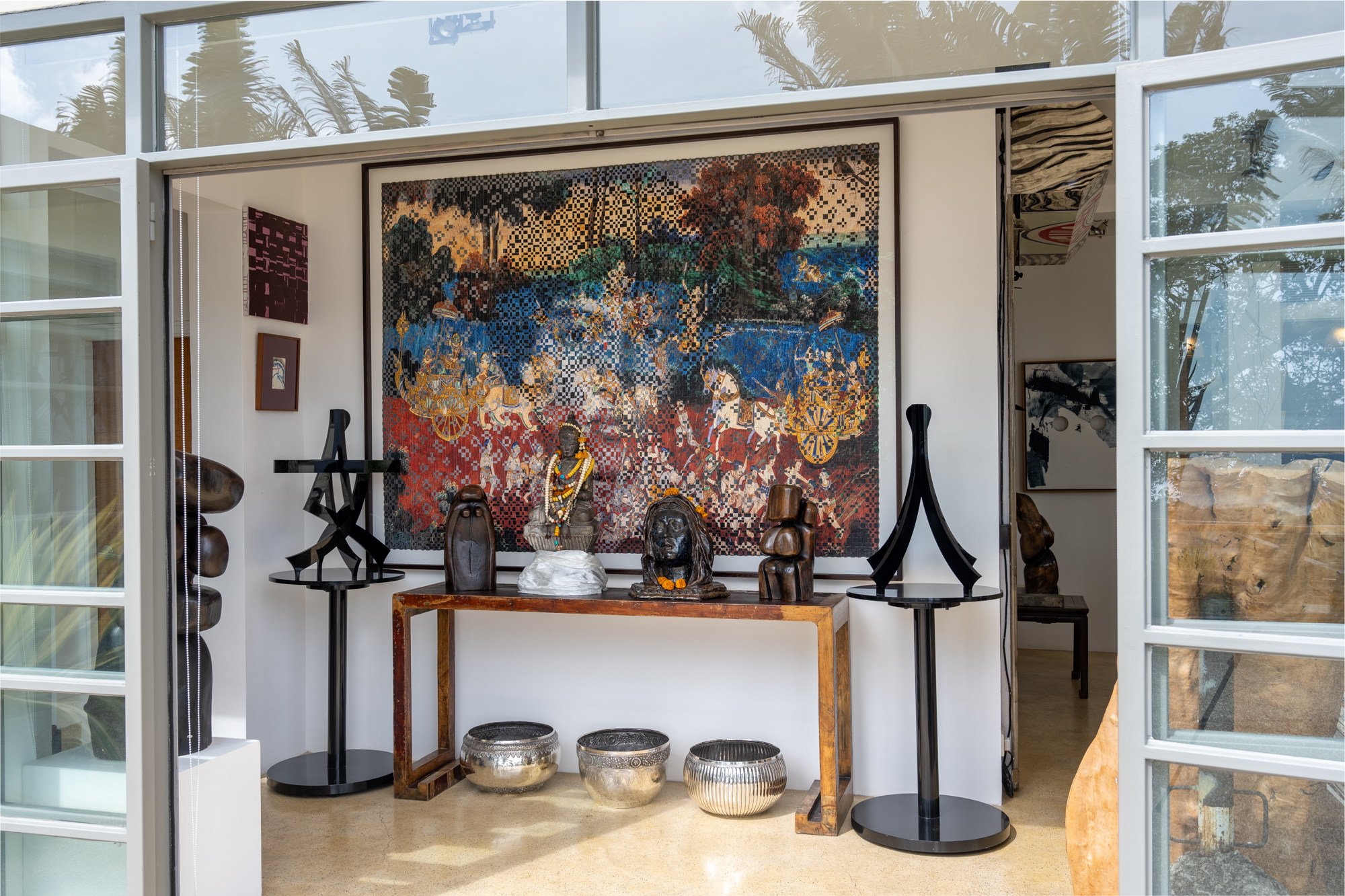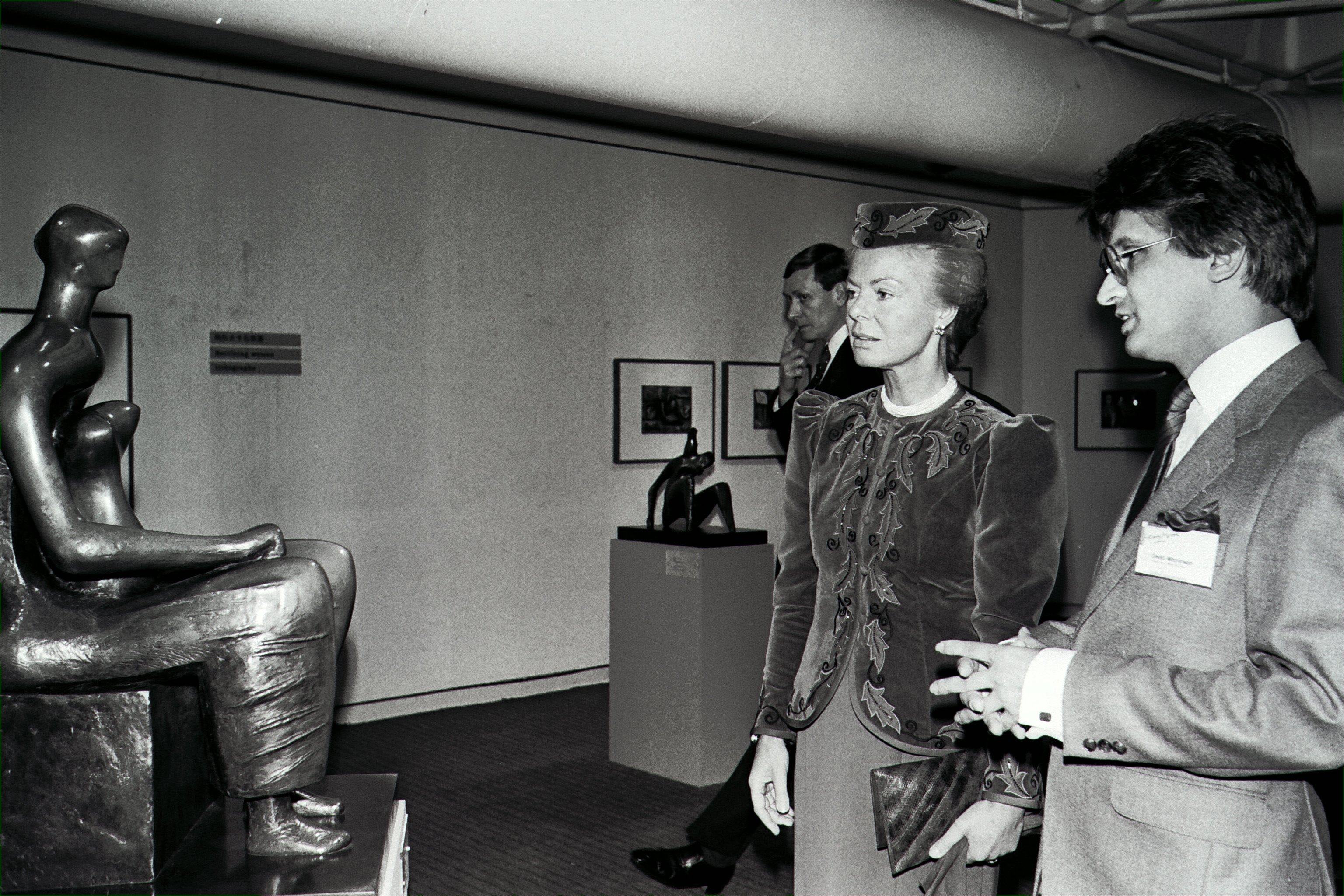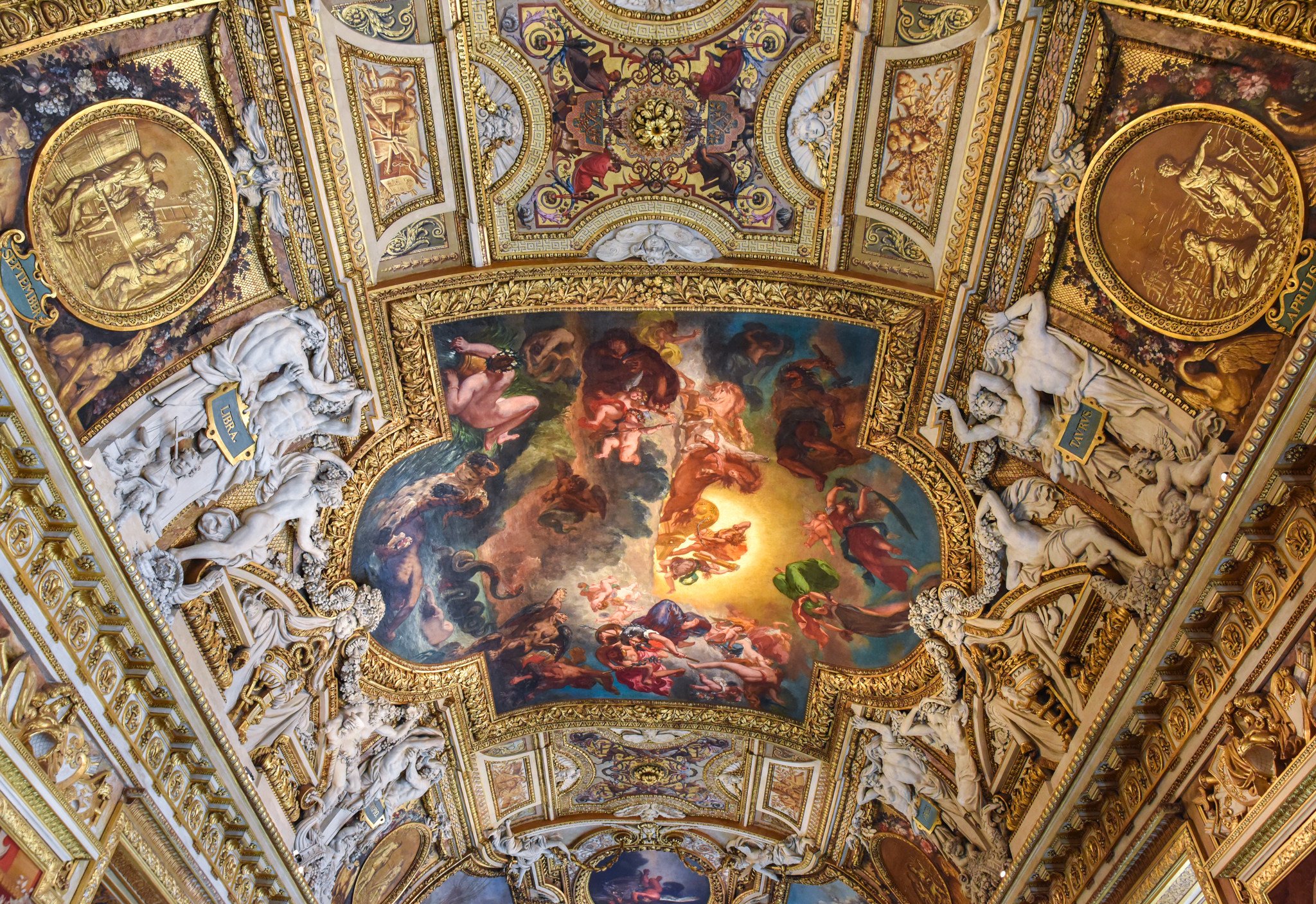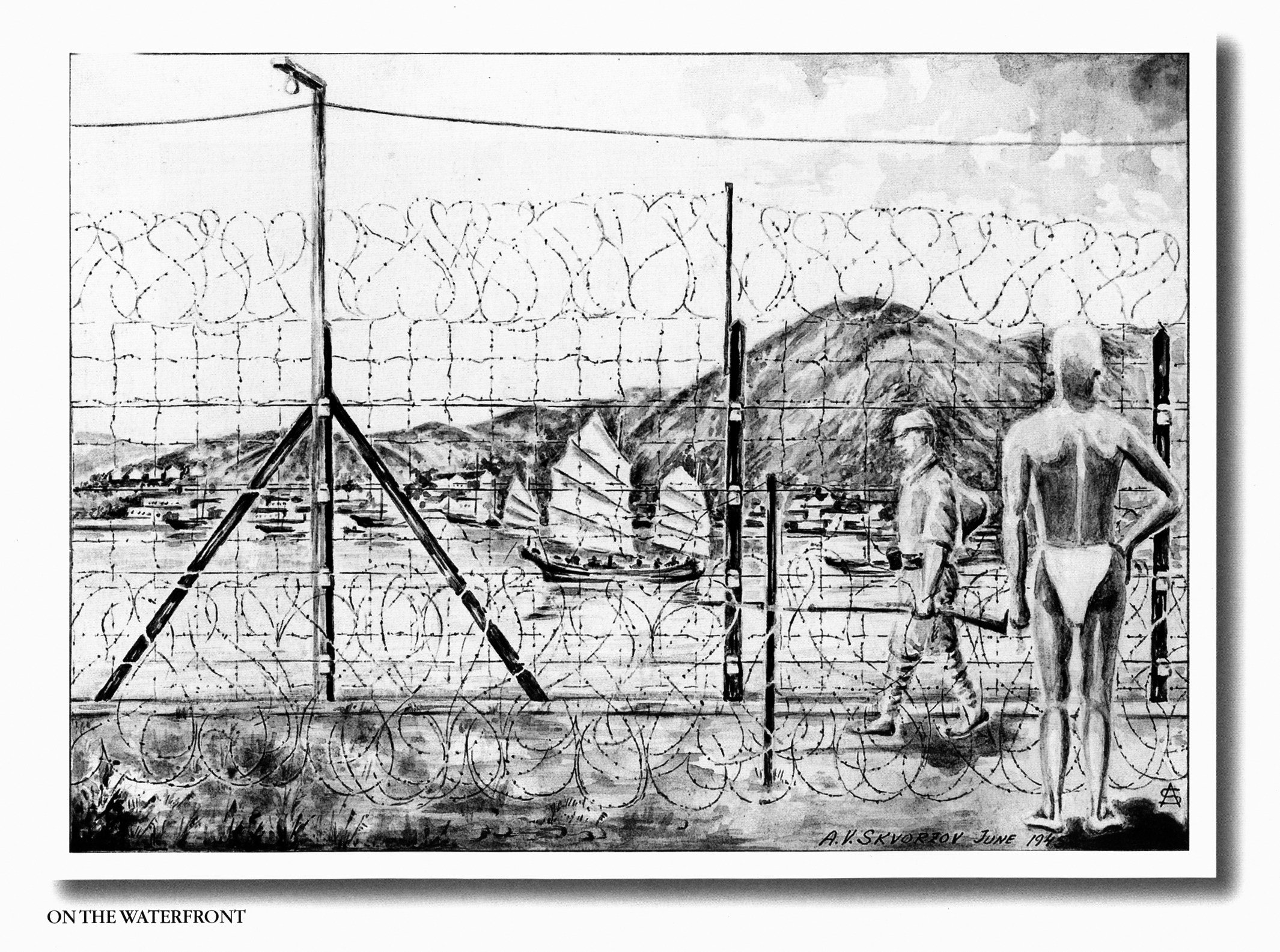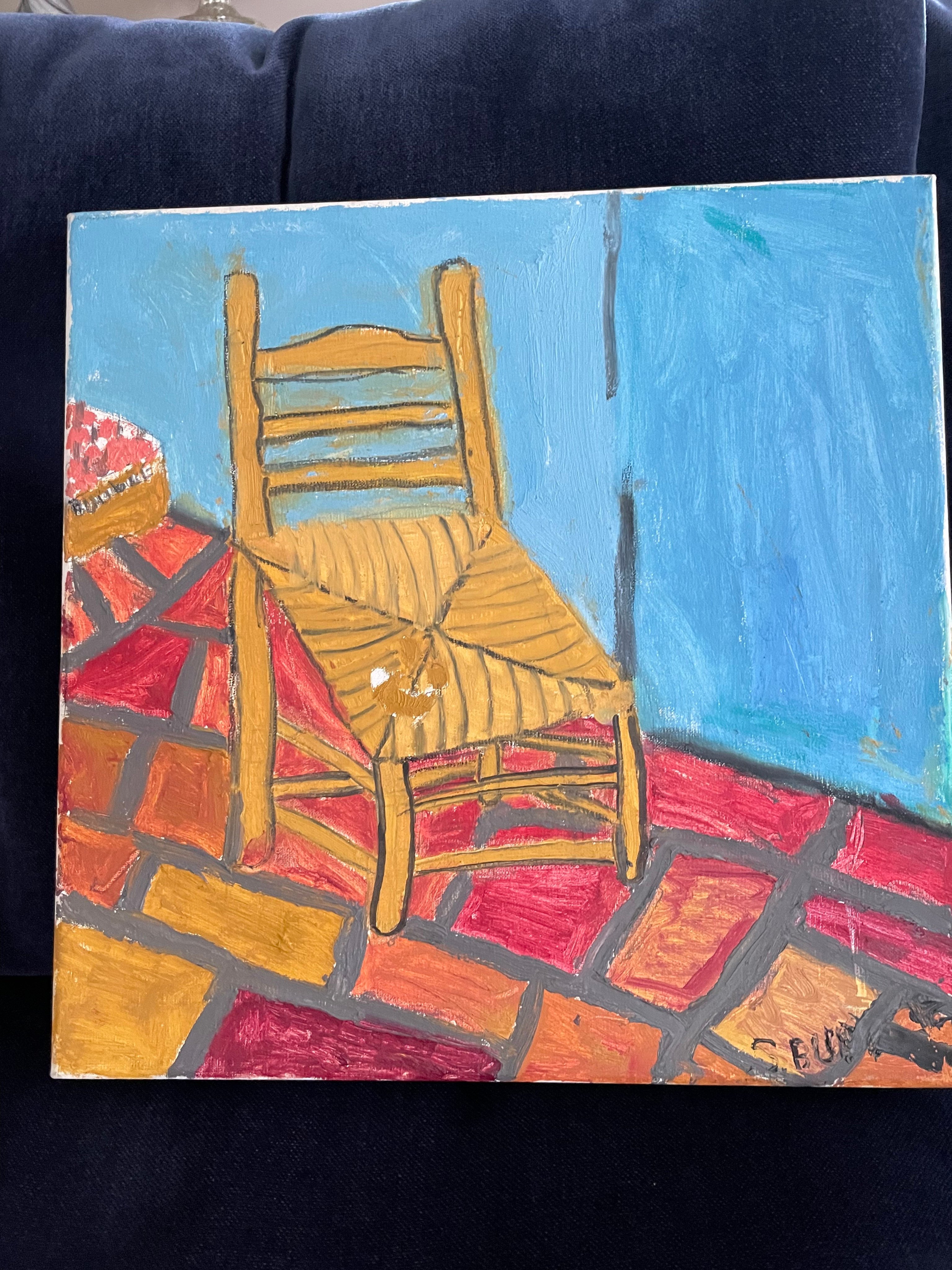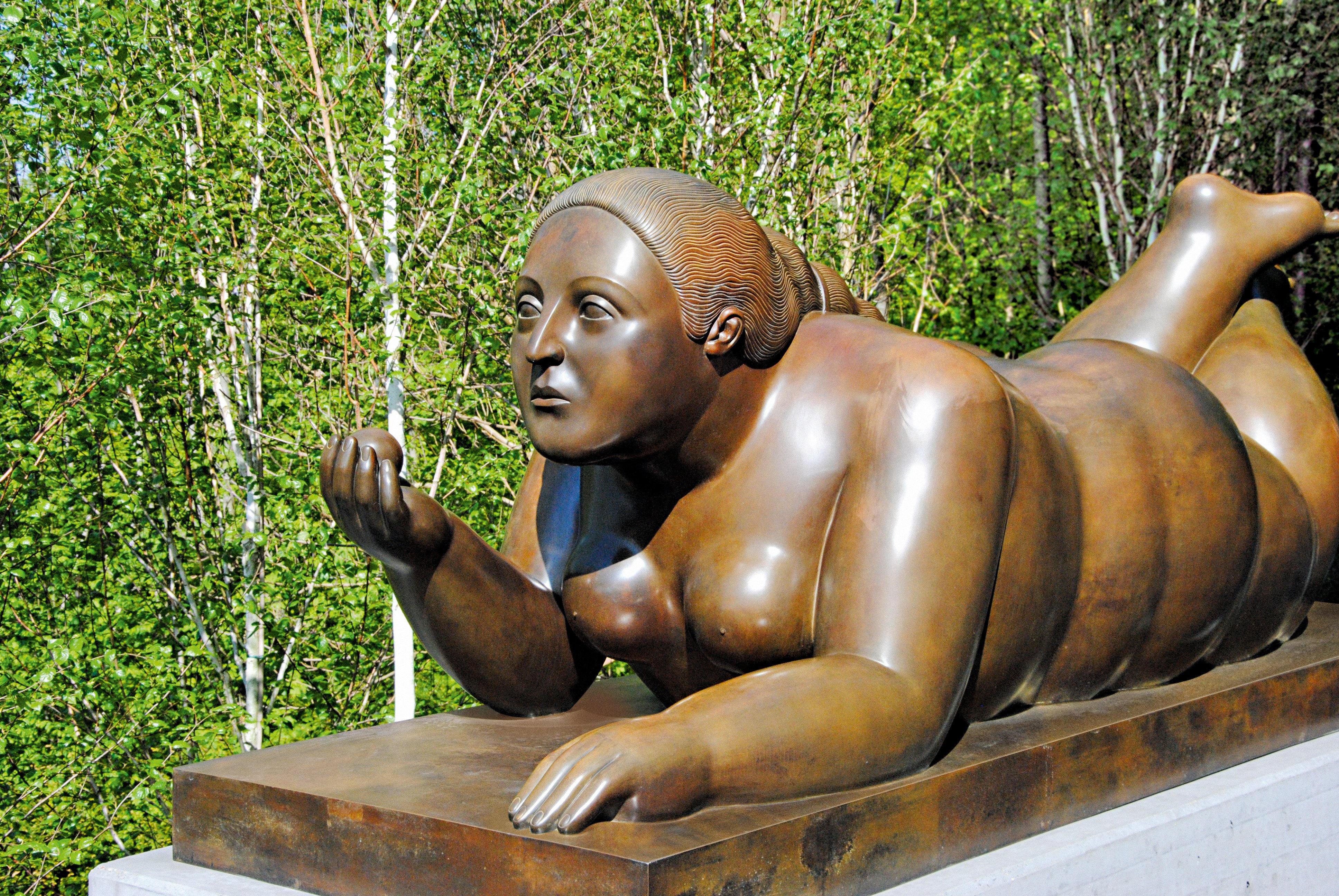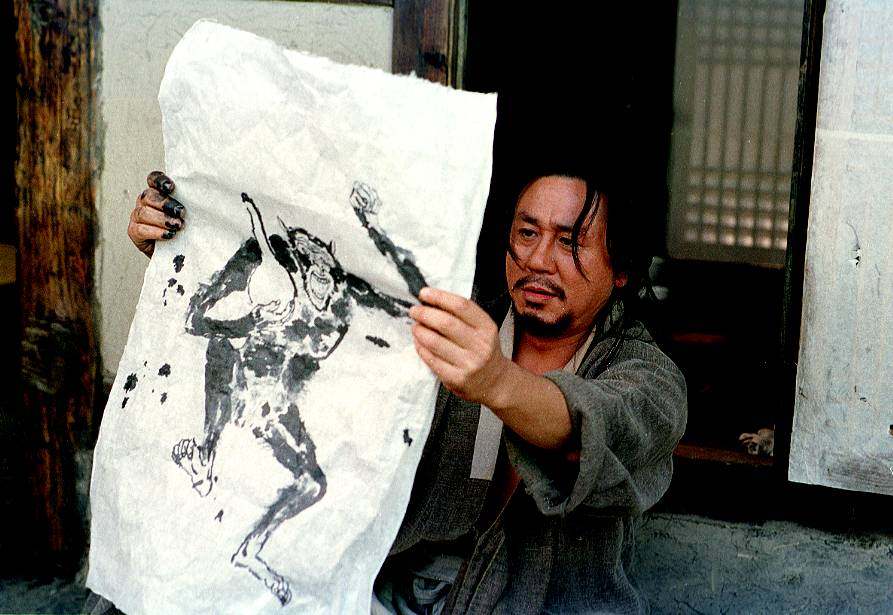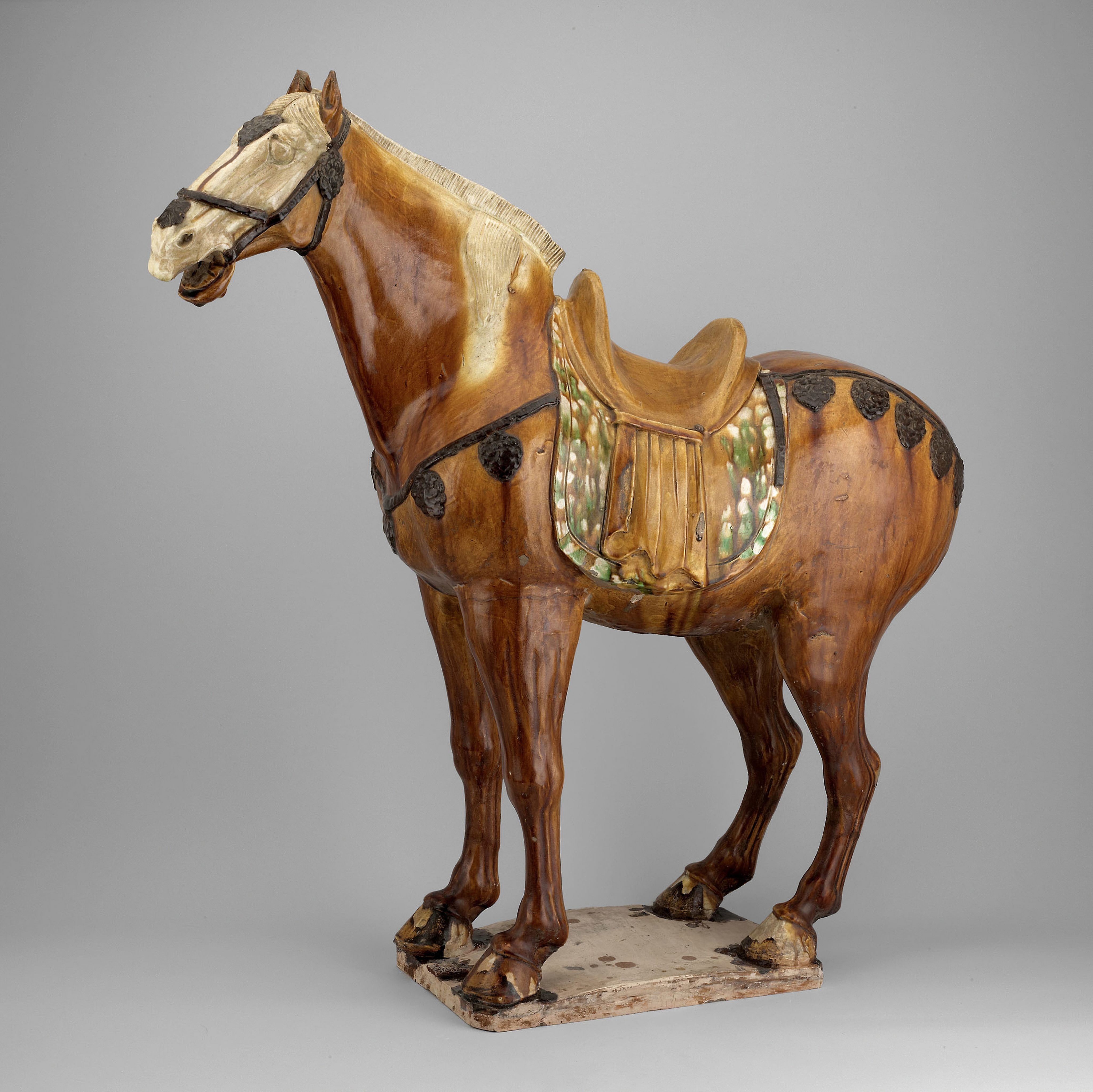Reflections | Before burnt paper offerings, Chinese buried ceramic figures with their dead for use in the afterlife
- Once human sacrifice ended, people in ancient China were buried with clay, and later ceramic, miniatures of domesticated animals, servants and household objects
- Today the ceramic ‘sancai’ (three colours) figures of horses, people and objects taken from tombs are seen as highly desirable as ornaments for people’s homes
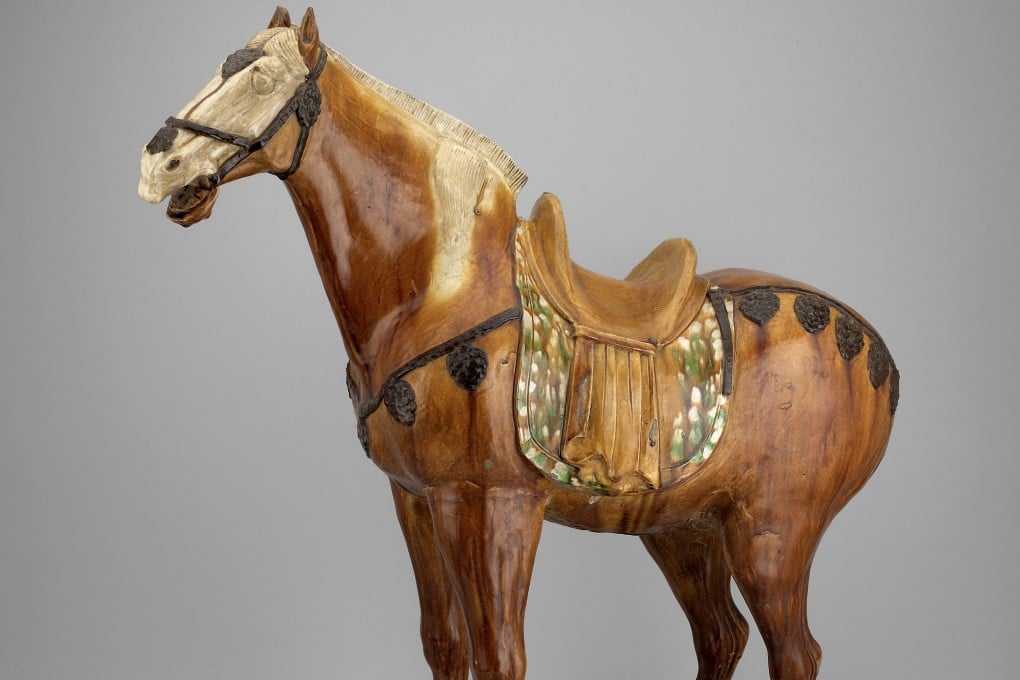
Recently, I was stopped in my tracks by a beautiful, perfectly proportioned sancai horse standing proudly in a shop window, its right forelimb gracefully raised and its majestic head dipped ever so fetchingly.
To be honest, I was not a fan of sancai (literally “three colours”). I didn’t like the shades of toffee browns and dirty greens that are characteristic of these objects.
The manner in which the colours usually present themselves – treacly rivulets melting into one another, psychedelic daubs and splodges – and the rudimentary, almost rough, application of the glaze discombobulated me.
But there was something about that horse in the window, perhaps its sinewy physicality and irregular coloration coming together, that caught my eye.
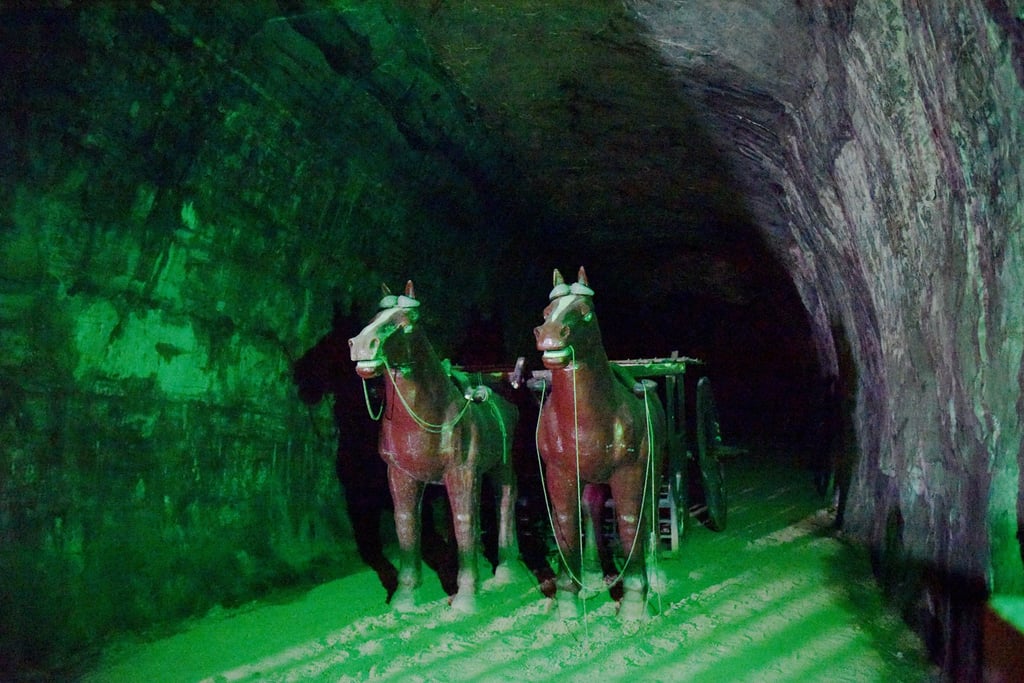
I had to move along, after reckoning that my humble abode couldn’t accommodate the size, and price, of the horse.


